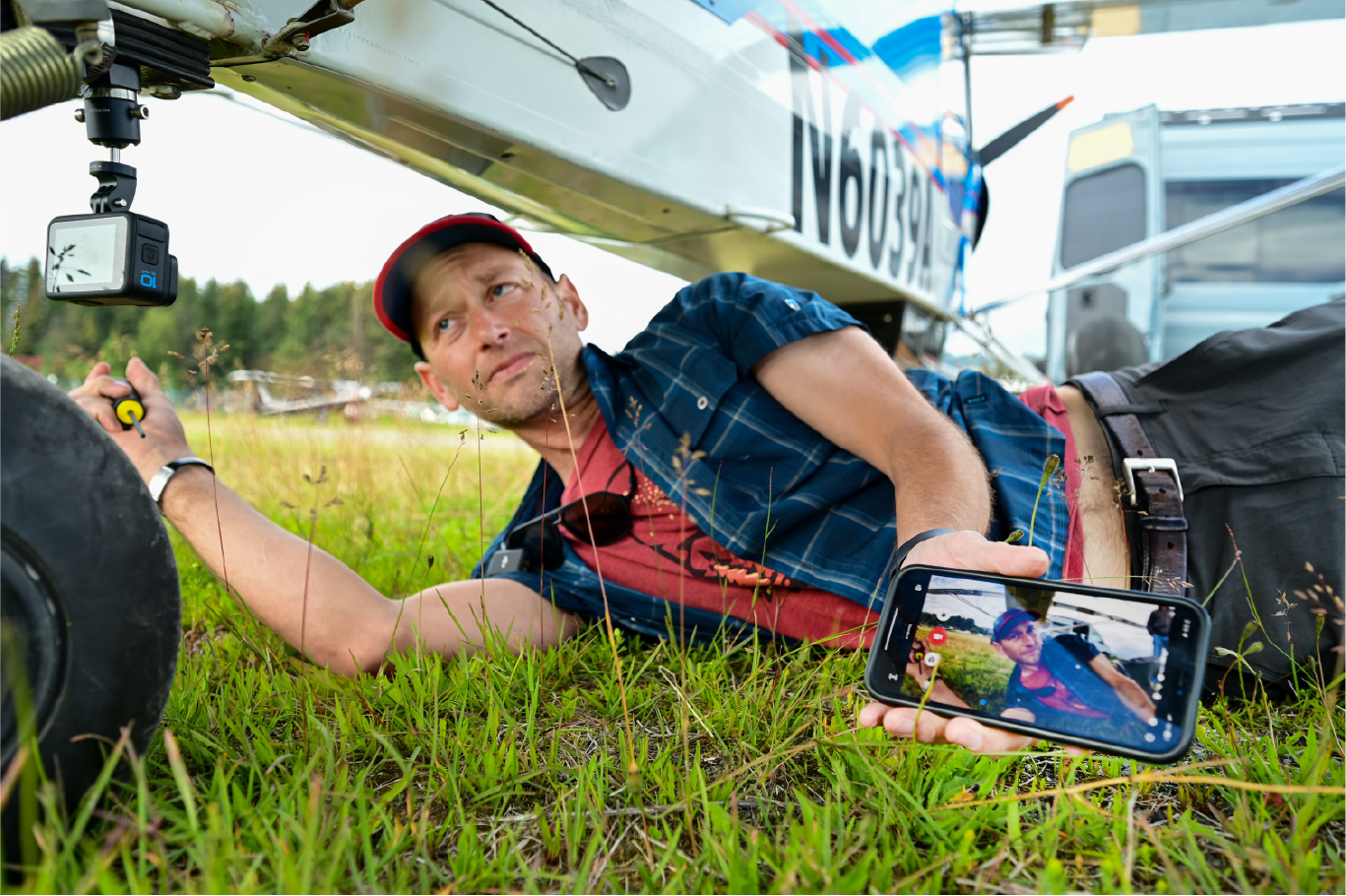Few inventions have changed the ways flying is taught or how the experience is conveyed more than action cameras. These small, lightweight, extremely capable, mass-market products have become pervasive in aircraft cockpits during the past decade, and pilots have enthusiastically adopted them—with both commendable and regrettable results.
Tag: pilot
-
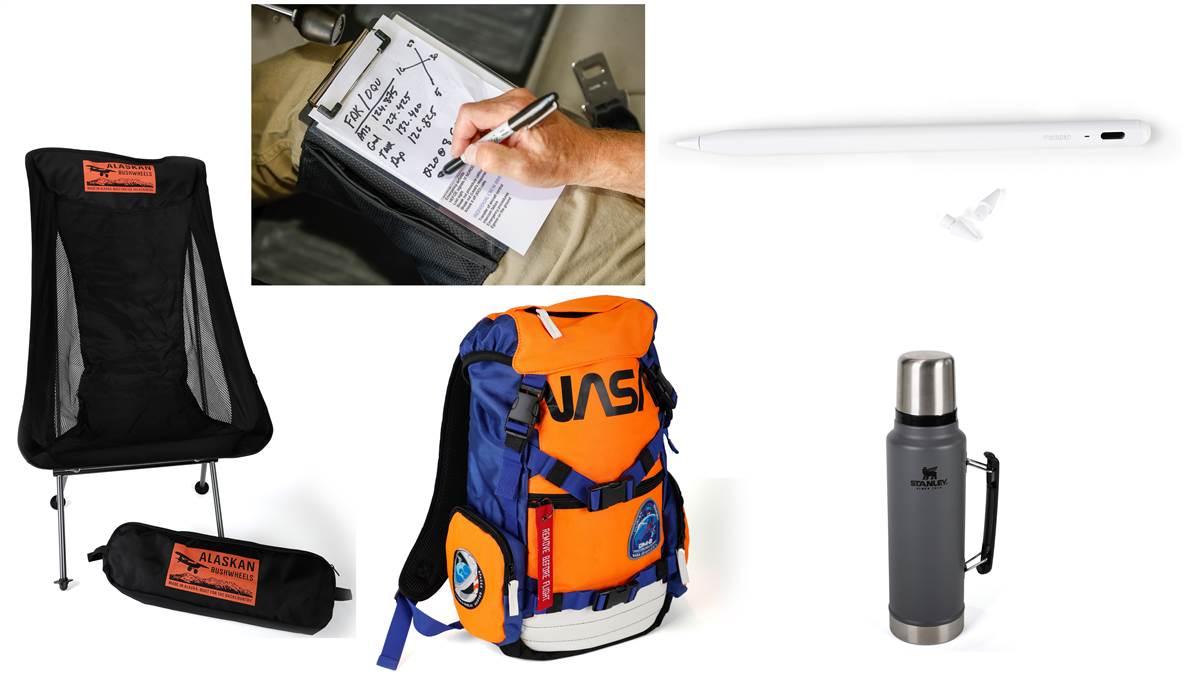
Budget Pilot Gift Guide
We also set our sights on items that not only were inexpensive, but that met interesting criteria: things you might not think you need or know about. We combed all the popular sites: Sporty’s Pilot Shop, Aircraft Spruce, Flight Outfitters, MyGoFlight, Alaska Gear Company, and did a deep dive into Amazon. However you shop, we hope you’ll make your special pilot happy this holiday season. —The editors
-
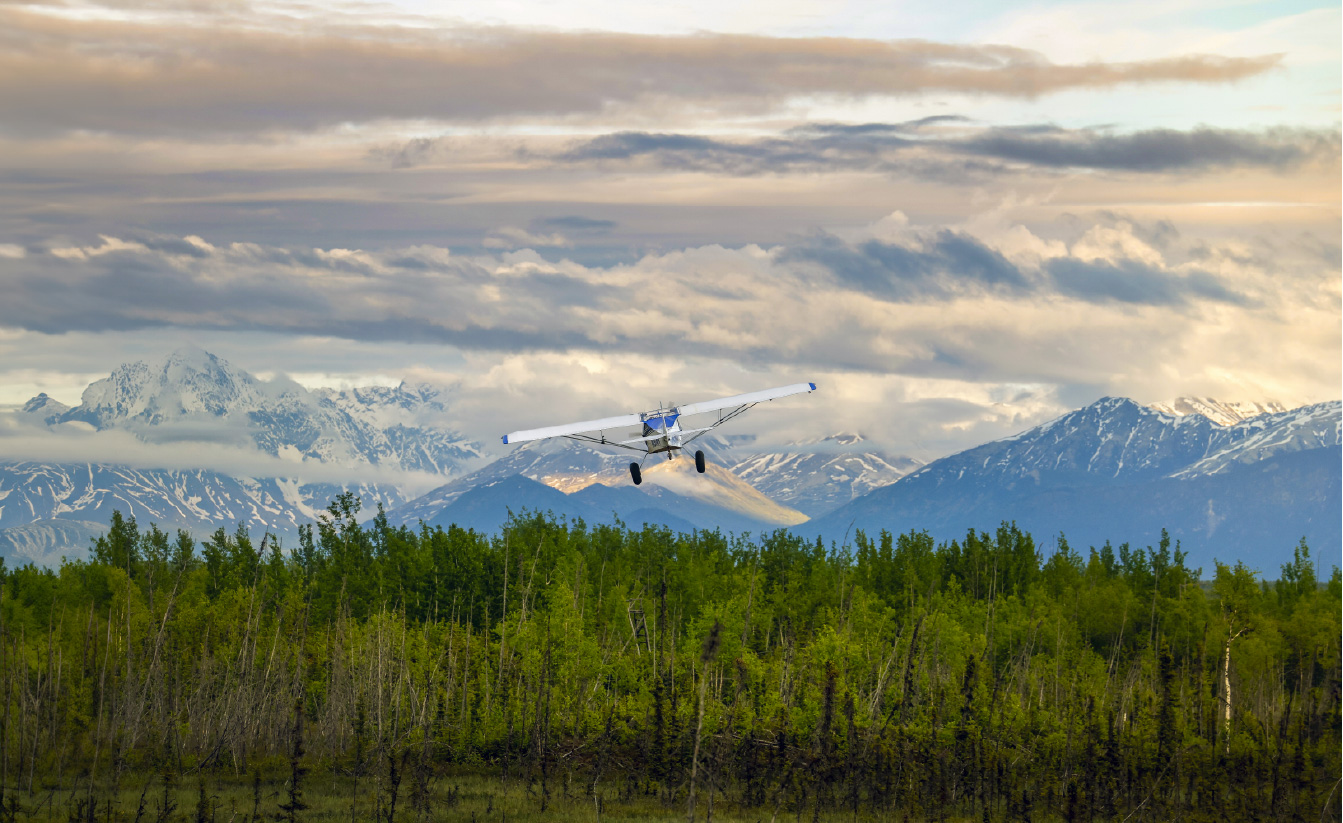
Disneyland for pilots
Jon Kotwicki is your man. The former owner of a flight school in Florida, Kotwicki knows a wild hair when he sees it. He, too, left the relatively simple confines of the Sunshine State to pursue a new life in the Last Frontier, starting a flight school in Big Lake, Alaska, and flight instructing through YouTube videos. Even his mother was skeptical.
“Only you would think you could actually do this and then actually do it,” she said to him on her one and only trip from Florida to Alaska.
Not only did Kotwicki leave the warmth for the wilderness, buy 115 acres nearly sight unseen, carve out two gravel runways, and build some cabins for his prospective students, he let his imagination run amuck. “Wouldn’t it be cool if we got an old airplane and turned it into a house?”
-
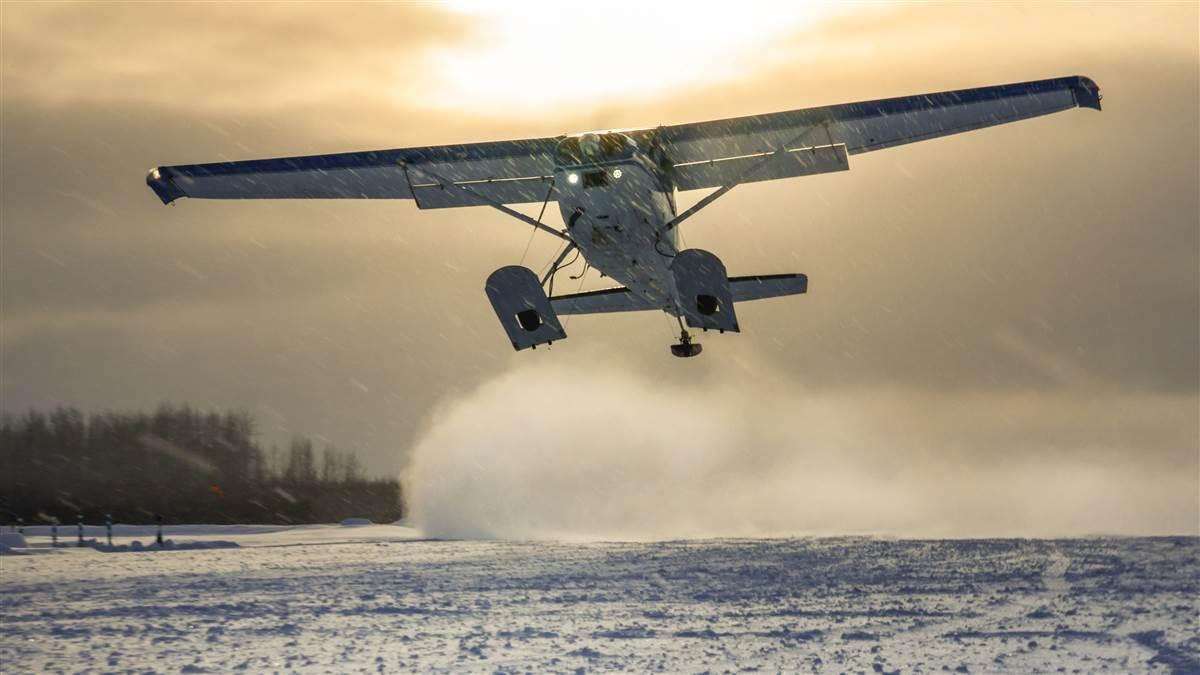
Wings of the Iditarod
Iditarod Air Force pilot Bruce Moroney and I have just departed this field in his ski-equipped Cessna Skywagon after hauling people and gear up from McGrath. This is one of many flights today that support race-critical missions like transporting dogs, judges, and even doggy drug tests to prevent doping.
We follow the Iditarod trail home to McGrath, taking note of the current weather conditions in a land where METARs and TAFs are few and far between, and pilot reports and weather cameras are king. Suddenly, over the radio, we get a call, asking if the IAF is up. It’s the Iditarod trail breakers—a team of snowmachiners who ride the trail first, taking care to ease the path for the mushers and their teams behind and place the official trail markers. They’re a critical safety component of the race and precede the mushers on the trail by at least a day. Turns out, the snow has been thicker than expected, and they’re low on fuel; they ask to make sure the IAF brings some to Cripple. They wave up in thanks as we wave our wings down to them. This winter-bound region is now only accessible by skiplane, dog team, or snowmobile, and transporting fuel would take anything without wings days. With a Skywagon, it takes a little over an hour. For Moroney and the other IAF pilots, this is all in a day’s work. For the Iditarod, air support like this is the reason the “last great race” can go on at all.
-
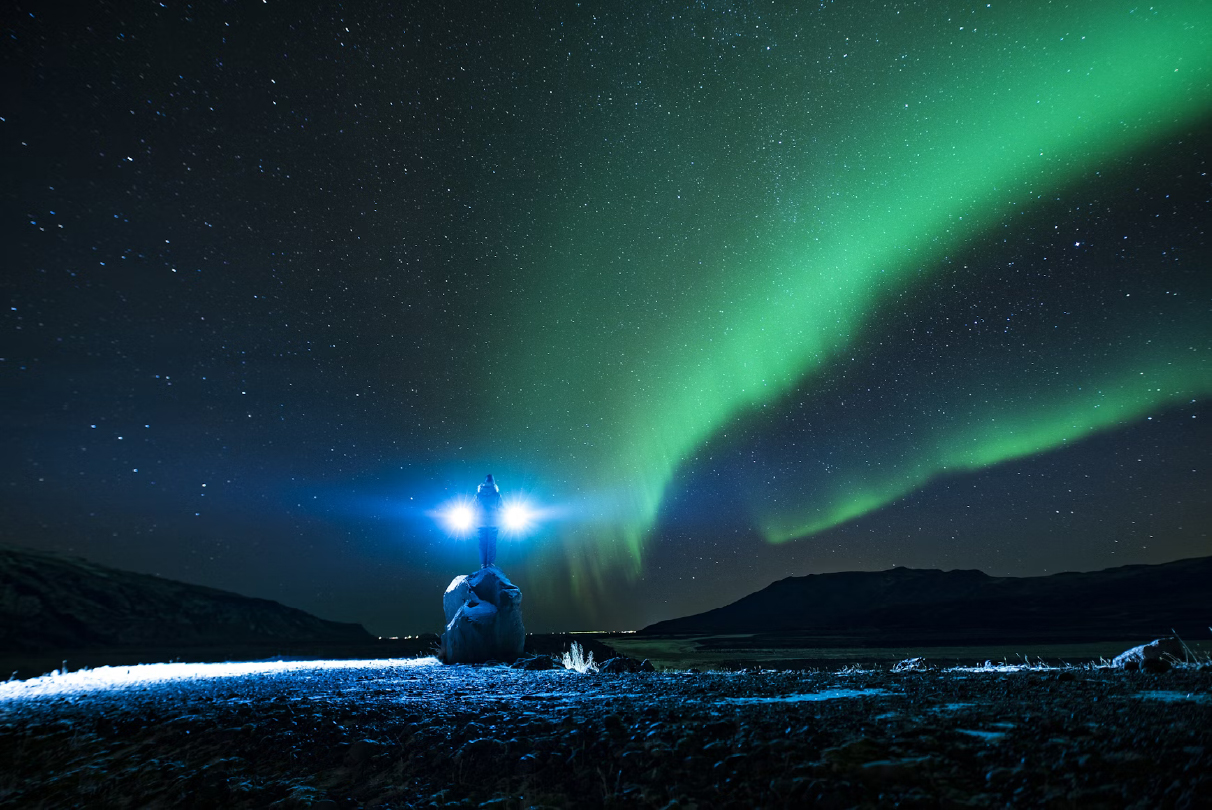
Flying In Wild Alaska
When it comes to general aviation, there is no place like Alaska. And when it comes to sled dog racing, there is nothing like the Iditarod. Combine those two and you have one of the most unique operations in all of aviation: the Iditarod Air Force.
The Iditarod Trail Sled Dog Race is a nearly 1,000-mile-long endeavor that takes the most competitive teams a little more than one week to complete from Anchorage to Nome. Because of the remote nature of the race, it relies almost completely on general aviation air support. The Iditarod Air Force is an all-volunteer group of more than 20 pilots and their airplanes plus support crew who coordinate and fly a variety of supplies, veterinarians, and race officials to and from the 20-plus mandatory checkpoints along the race.
